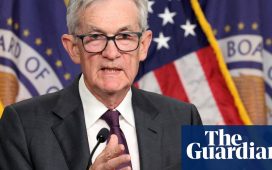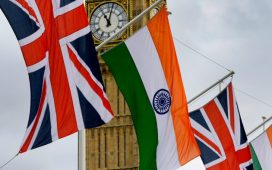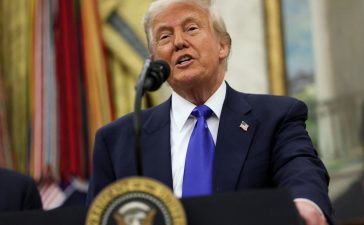
The latest jobs data has heightened fears that the US economy is facing a downturn, leading to debates among investors that the Federal Reserve may need to accelerate its rate-cutting plans in order to reignite growth.
The financial markets are now expecting more than 100 basis points (bp) in rate cuts by year-end, with a substantial likelihood of a 50bp cut in September.
“A rate cut in September is now a virtual lock, but we do not think the economy needs aggressive, recession-sized cuts,” Bank of America (NYSE:) economists weighed in.
They believe that the weak July employment numbers were weather-related, pointing to several signs indicators.
Specifically, economists noted that the number of people employed but unable to work due to bad weather surged by 436,000 in the month, about ten times the average July figure. Moreover, hours worked by production and nonsupervisory workers decreased, and nearly all the rise in unemployment was due to temporary layoffs.
“Taken together, this suggests temporary weakness. Employment could rebound – and the unemployment rate could fall – next month,” they wrote.
The two-tenths increase in the unemployment rate to 4.3% triggered the Sahm rule – an economic indicator that signals a recession when the three-month average unemployment rate rises by at least 0.5 percentage points above its low from the previous 12 months. However, the BofA economists said that US recessions typically do not occur without significant layoffs, which remain extremely low.
“We think the rise in the unemployment rate over the past year reflects high participation and immigration that have boosted labor supply. A higher unemployment rate that points to slack can get you more Fed cuts, but not large ones.”
They also expressed skepticism that weak manufacturing output signals recession risk in this expansion. The ISM manufacturing index has returned to levels seen throughout much of the post-COVID period. Manufacturing has not been the primary driver of the post-pandemic recovery; instead, services output and the accompanying employment have led the way.
BofA now forecasts a rate cut cycle starting in September, with 25bp cuts each quarter until reaching a terminal rate of 3.25-3.5% by mid-2026.
“Aggressive rate cuts of 50bp or more are done on an emergency basis, as are intermeeting actions. Could we get there? Sure. But we are not there yet.”
That said, the data suggest a shift in risks toward increased labor market slack and downside inflation risk. If this trend continues, the Fed may need to reach a neutral rate more quickly, economists said.
This could involve 25bp cuts at consecutive meetings, leading to a neutral rate by late 2025, 25bp cuts at every meeting to reach neutral by mid-2025, or several large, front-loaded cuts to achieve neutrality by early 2026.







